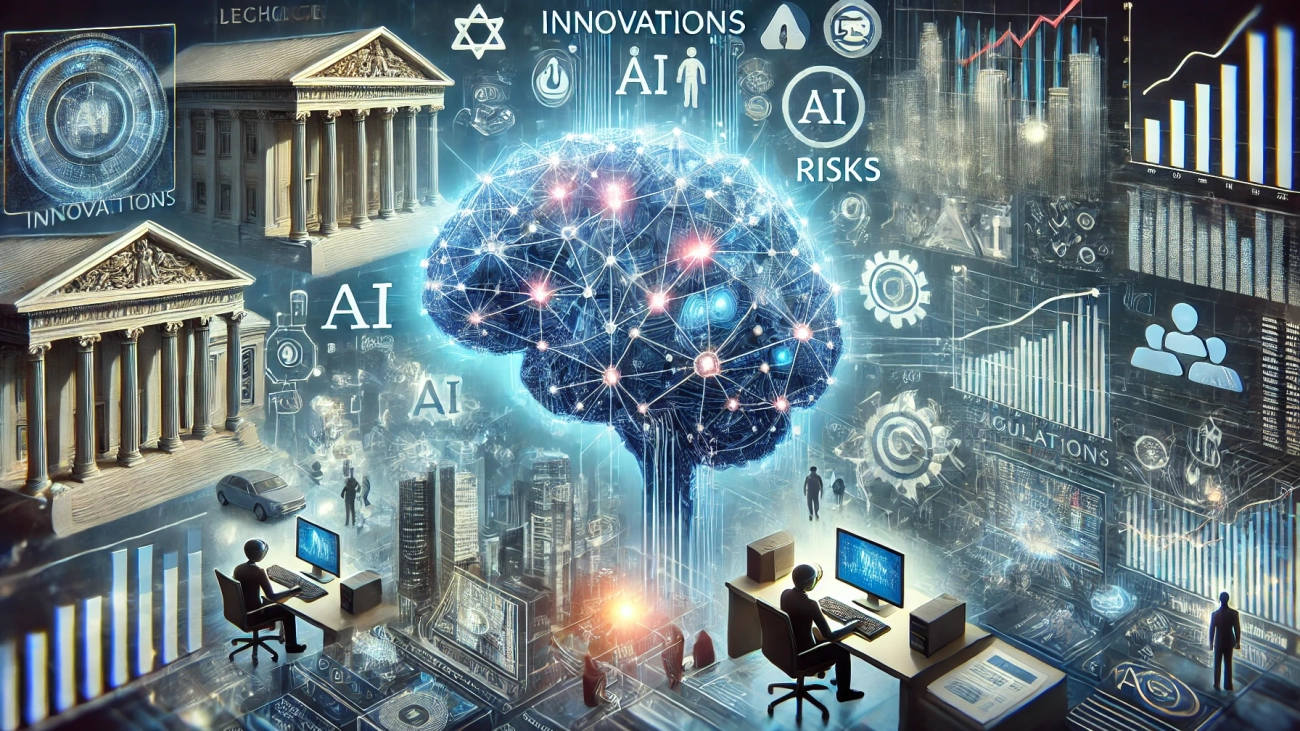Artificial Intelligence (AI) has revolutionized various sectors, with finance being one of the most prominent areas of impact. The integration of AI, particularly through machine learning (ML), has brought about significant advancements in financial trading, risk management, and fraud detection. However, these developments also raise concerns regarding market integrity, regulatory challenges, and the potential for new forms of financial misconduct.
Autonomous Algorithmic Trading and Market Integrity
The emergence of increasingly autonomous and sophisticated ML algorithms has opened new avenues in algorithmic trading. These algorithms are not only enhancing human capabilities in tasks like price prediction and portfolio optimization but are also moving towards near-complete autonomy. While these advancements promise increased efficiency, they also pose significant risks to the integrity of capital markets. Autonomous trading agents, powered by state-of-the-art ML methods, may inadvertently or intentionally engage in market manipulation and tacit collusion, thereby undermining market stability.
The “black box” nature of these algorithms complicates the detection and regulation of such behaviors. Traditional regulatory frameworks, which rely on concepts like intent and causation, are ill-equipped to handle the opaque decision-making processes of AI-driven trading systems. As a result, there is a growing need for legal and policy reforms to address these challenges and ensure the safeguarding of market integrity.
The Challenge of Explainability in Regulated Industries
AI’s application extends beyond trading into areas such as cyber risk management, particularly in regulated industries like finance, energy, and healthcare. In these sectors, the lack of explainability in AI models poses a significant barrier to their widespread adoption. Regulatory authorities require models to be transparent and interpretable, particularly when the models influence critical decisions. The introduction of methods like Shapley values has improved the explainability of AI models by identifying the contribution of individual variables to predictions. However, these methods are not standardized and require further refinement to be accepted as reliable tools in regulated industries.
The paper proposes an innovative approach by embedding Shapley values with statistical normalization techniques, such as Lorenz Zonoids, to create more interpretable and standardized models. This advancement is particularly useful in assessing cyber risk, where traditional statistical models often fall short due to insufficient data.
Combating Financial Fraud in the Age of Big Data
The rapid evolution of information technologies, including the Internet of Things (IoT), Big Data, and Blockchain, has transformed the financial industry. While these technologies offer unprecedented convenience and efficiency, they also introduce new risks, particularly in the realm of financial fraud. The increasing volume and complexity of financial data make it challenging for traditional rule-based systems and classical ML models to detect fraud effectively.
To address this issue, researchers have developed a distributed Big Data approach for detecting financial fraud in Internet-based financial services. This approach leverages graph embedding algorithms like Node2Vec to capture the topological features of financial networks, which are then processed using deep neural networks for classification and prediction. The implementation of this system on platforms like Apache Spark GraphX and Hadoop enables the processing of large datasets in parallel, resulting in improved precision, recall, and overall efficiency in fraud detection.
Conclusion
The integration of AI into the financial sector offers immense opportunities for innovation and efficiency. However, it also presents significant challenges related to market integrity, regulatory compliance, and fraud detection. As AI continues to evolve, it is crucial for policymakers, regulators, and industry stakeholders to collaborate in developing frameworks that address these challenges while harnessing the full potential of AI in finance. The future of AI in finance will depend on our ability to balance innovation with responsibility, ensuring that the benefits of AI are realized without compromising the stability and integrity of global financial markets.



